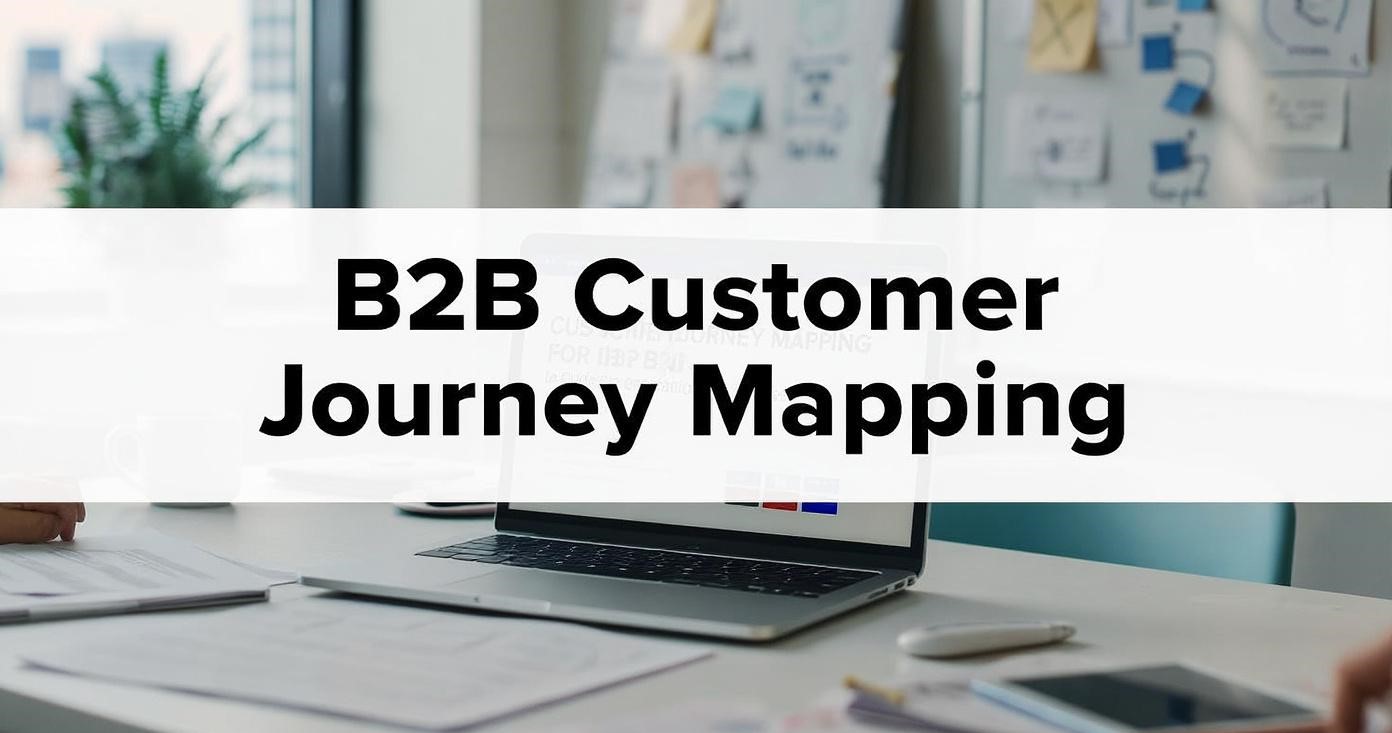In the current B2B landscape, companies need more than generic marketing campaigns to achieve growth. Understanding how prospects interact with your brand is essential. By leveraging B2B Demand Generation strategies, organizations can map the customer journey to uncover opportunities, optimize engagement, and improve conversion rates. Customer journey mapping helps marketing and sales teams deliver personalized content to the right prospects at the right stage.
Customer journey mapping is a visual representation of every touchpoint a prospect has with your organization, from awareness to post-purchase engagement. In B2B contexts, the buying process is often complex, involving multiple stakeholders. A journey map captures touchpoints, motivations, challenges, and emotions at each stage. Companies can then identify gaps, optimize campaigns, and deliver content that meets prospect needs at the right time, which strengthens engagement and accelerates conversions.
What Is Customer Journey Mapping?
Customer journey mapping is the practice of visually documenting every touchpoint a prospect has with your organization, from initial awareness to post-purchase interactions. In B2B contexts, the buying process often involves multiple stakeholders and extended cycles. A journey map captures key touchpoints, buyer motivations, pain points, and emotions at each stage. This insight enables teams to optimize campaigns, enhance engagement, and increase the likelihood of conversion.
The Importance of Journey Mapping in B2B Demand Generation
Customer journey mapping is crucial for B2B demand generation because it allows organizations to:
-
Detect Engagement Gaps. Identify where leads lose interest or disengage from campaigns.
-
Deliver Targeted Messaging. Provide content that addresses prospects’ needs and interests at each stage.
-
Optimize Marketing Investments. Focus resources on the channels and touchpoints that drive the highest ROI.
-
Align Sales and Marketing Teams. Ensure collaboration for more effective lead nurturing and conversion.
Strategically mapping the customer journey improves lead quality, conversion rates, and return on marketing spend.
Stages of the B2B Customer Journey
A clear understanding of the customer journey stages is key to effective mapping. Typically, the stages include:
-
Awareness. Prospects recognize a challenge or need. Marketing should provide thought leadership, educational content, and industry insights to position your brand as a trusted solution.
-
Consideration. Leads evaluate solutions. Whitepapers, webinars, and case studies help them compare options and make informed decisions.
-
Decision. Prospects are ready to purchase. Personalized demos, consultations, and pricing proposals support conversion.
-
Post-Purchase Engagement. Customer support, training, and ongoing engagement strengthen relationships, encourage repeat business, and drive referrals.
Mapping these stages allows teams to target campaigns and messaging to meet buyer needs at each phase.
Steps to Create a B2B Customer Journey Map
Creating a journey map requires a structured process:
-
Set Objectives. Determine the purpose of the journey map, such as improving lead quality or shortening sales cycles.
-
Gather Insights. Use surveys, interviews, analytics, and CRM data to understand prospect behavior and preferences.
-
Identify Touchpoints. Document all interactions, including emails, social media engagement, website visits, and sales calls.
-
Analyze Buyer Emotions. Consider how prospects feel at each stage and what challenges influence their decisions.
-
Visualize the Journey. Use tools like Miro, Lucidchart, or CRM dashboards to create diagrams of stages, touchpoints, and actions.
-
Review and Optimize. Continuously update the journey map based on data, feedback, and performance metrics.
Best Practices for Customer Journey Mapping
To maximize effectiveness, follow these best practices:
-
Collaborate Across Teams. Include sales, marketing, product, and customer support to capture all touchpoints.
-
Segment Buyer Personas. Different personas may follow unique paths. Create separate maps for each.
-
Use Data-Driven Insights. Base maps on analytics, CRM data, and direct feedback to avoid assumptions.
-
Focus on Key Touchpoints. Prioritize interactions with the highest impact on conversions and retention.
-
Update Regularly. Revise journey maps as market trends and customer behavior evolve.
Tools to Support Customer Journey Mapping
Technology simplifies mapping and provides actionable insights. Recommended tools include:
-
CRM Platforms. Salesforce, HubSpot, and Microsoft Dynamics track prospect interactions and engagement.
-
Marketing Automation Tools. Marketo and Pardot monitor lead behavior and campaign performance.
-
Analytics Platforms. Google Analytics, Mixpanel, and Hotjar provide insights into engagement and touchpoints.
-
Visualization Software. Miro, Lucidchart, and Smaply help create clear and interactive maps for collaboration.
Benefits of Mapping the Customer Journey
Implementing journey mapping offers multiple advantages:
-
Better Lead Quality. Identify and focus on leads most likely to convert.
-
Enhanced Customer Experience. Personalized communication builds trust and loyalty.
-
Improved Conversion Rates. Address pain points and objections at each stage of the journey.
-
Data-Driven Decisions. Insights from journey maps optimize campaigns and resource allocation.
Case Study: Journey Mapping for Demand Generation
A mid-sized B2B technology company struggled to convert website traffic into qualified leads. Implementing customer journey mapping revealed that prospects dropped off during the consideration stage due to insufficient educational content. The company introduced webinars, targeted email campaigns, and guides aligned with each stage of the journey. This approach increased MQL-to-SQL conversion by 39 percent over five months.
About Us : Acceligize is a global B2B demand generation and technology marketing company helping brands connect with qualified audiences through data-driven strategies. Founded in 2016, it delivers end-to-end lead generation, content syndication, and account-based marketing solutions powered by technology, creativity, and compliance.


